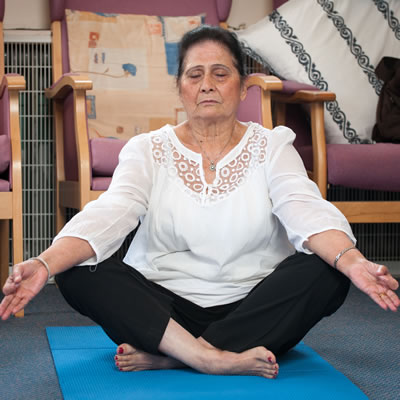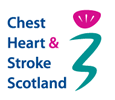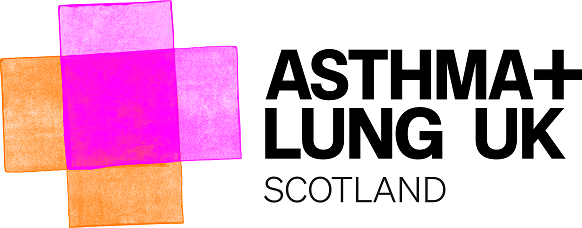
© Crown copyright 2009
Where should you practice your relaxation?
Choose somewhere quiet, warm and private, where you will not be disturbed by other people. Ask your family/carers not to interrupt you for a period of time. Put your phone on silent for a few moments while you are doing your relaxation. Turn off the television for some quiet time. Choose the place where you will be most comfortable.
Eventually you will be able to use your relaxation skills in a number of different places e.g. in your home, in shops, when travelling on a bus and when anxious or stressed.
When is it best for you to practice?
It is a good idea to practice every day, at times when you are not in a hurry to do something else. It is difficult to relax if you are thinking about what you need to do next. Choose times when you know you are unlikely to be disturbed. Many people say it is helpful to build relaxation time into your regular routine. Avoid trying to relax after a big meal.
Your Position.
Get into a comfortable position. You may want to sit down or lie down. Make sure your body is comfortable and well supported – use extra cushions for support if needed.
Your chest.
It can be useful before you start your relaxation to clear your chest and think about doing your active cycle of breathing if you have been taught this technique. You may want to do your relaxation time after you have taken your regular inhaler. Once your chest feels more comfortable, you can start to focus on other areas of your body where you carry tension in your muscles.
Practice.
At the beginning, the effects of relaxation can be quite small or it can feel a little strange to do. Don’t give up after one or two sessions. Relaxation is a skill and requires practice. Try to practice this skill every day at a planned time (e.g. not just when feeling stressed or anxious). Relaxation does not need to take a lot of time; it can be a short relaxation for 10 minutes or build up to a longer one as you improve your relaxation technique.





